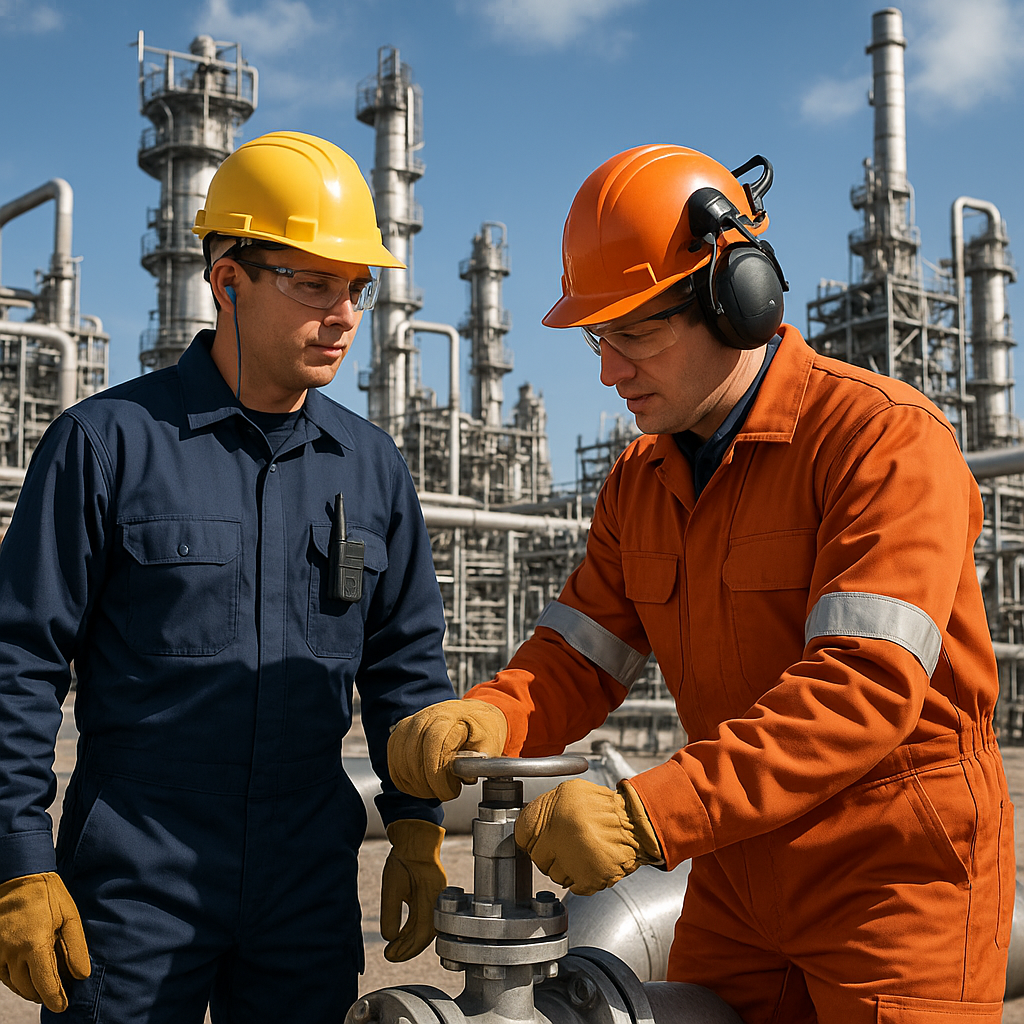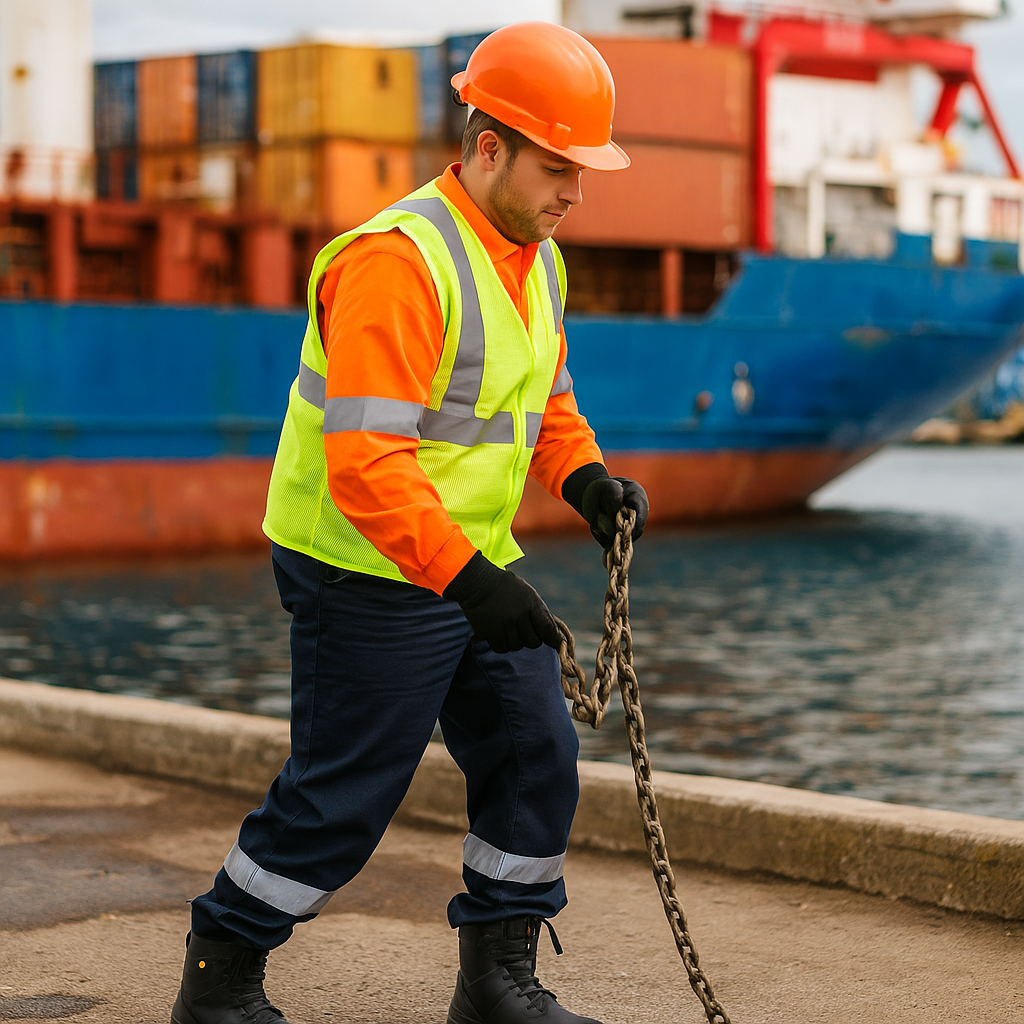Working in high-risk environments – whether offshore, in petrochemicals, or in construction – requires clothing that is properly tested and certified. But which standards actually apply? That depends on where you work. In the United States, the NFPA standards (NFPA 2112 & NFPA 70E) are leading, while in Europe the focus is on the EN ISO standards. Below we explain the key differences and similarities.
American standards: NFPA 2112 & NFPA 70E
-
NFPA 2112: Protects against flash fires (sudden flames). Clothing certified under this standard is flame-resistant and reduces the risk of severe burn injuries.
-
NFPA 70E: Focuses on protection against arc flash (electrical arc discharges). Clothing receives an Arc Rating (ATPV or EBT) that indicates how much energy it can withstand before causing second- or third-degree burns.
In the U.S., these standards are essential in industries such as oil & gas, petrochemicals, electrical utilities, and heavy industrial maintenance.
European standards: EN ISO 11612 & EN 61482
-
EN ISO 11612: The European standard for flame-resistant clothing. Protects against heat, flames, and molten metal.
-
EN 61482-1-2 / EN 61482-1-1: Like NFPA 70E, this standard addresses arc flash protection. Clothing is tested using the open arc test (ATPV/EBT) or the box test (Class 1 & 2).
These standards are mandatory in the EU and comply with European workplace safety regulations.
Key differences
-
Geography: NFPA = American | EN ISO = European.
-
Testing methods: NFPA uses its own protocols, while EN ISO follows standardized European testing methods.
-
Certification: In the U.S., often enforced by companies (e.g., oil majors requiring NFPA 2112), while in the EU it is regulated under CE marking.
-
Arc flash classification: NFPA 70E uses categories (CAT 1-4), while Europe uses Arc Ratings (ATPV/EBT) and box test classes (1-2).
Dual certification: The best choice for multinationals
More and more manufacturers now supply clothing that is certified under both NFPA and EN ISO standards. This is ideal for international companies, such as offshore contractors or petrochemical firms working in both Houston and Rotterdam.
Conclusion
Whether you work in Europe or the U.S., the foundation remains the same – protection against fire, heat, and electricity is crucial. The difference lies in norms and testing methods.
-
In Europe: EN ISO 11612 and EN 61482 are mandatory.
-
In the U.S.: NFPA 2112 and NFPA 70E apply.
With Dapro workwear, you get certified protection. Many of their coveralls and jackets are tested according to both NFPA 2112 & NFPA 70E as well as European standards. Perfect for companies operating internationally.


